Hyundai Motor Group has revealed its next-generation hybrid system, combining a dual-motor transmission, turbocharged engines and electrification technologies that enhance power, fuel economy and ride refinement across its model range.
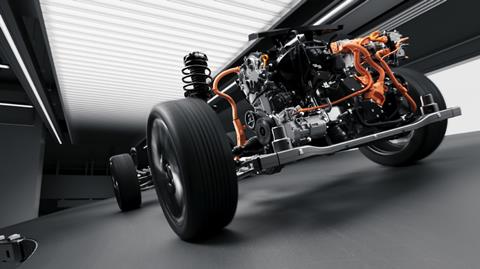
Hybrid vehicles are often caught in a transitional limbo between internal combustion and full electrification. Hyundai Motor Group, however, sees value in refining the space. At its recent ‘Next-Gen Hybrid System Tech Day’, the company presented a new hybrid powertrain architecture that leans into electric vehicle technology while keeping combustion engines in the mix.
”At the heart of the system is a revised transmission that includes two integrated electric motors”
Rather than a wholesale reinvention, Hyundai’s latest development appears to be an incremental but significant step forward. The new system integrates two electric motors within the transmission, working alongside turbocharged petrol engines. It supports a broad range of outputs and vehicle classes, and reflects the Group’s intent to offer hybrid solutions that feel more aligned with electric vehicles in operation and refinement.
Dual-motor transmission with broader flexibility
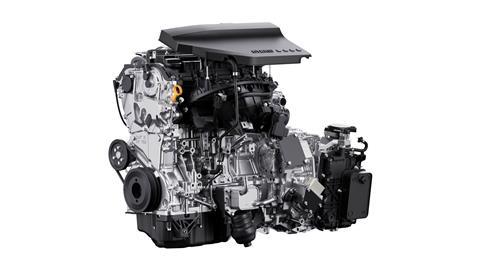
At the heart of the system is a revised transmission that includes two integrated electric motors. The first, known as the P1 motor, manages engine starting, battery charging and power generation. The second, the P2 motor, handles propulsion and regenerative braking. This configuration is designed to improve energy use across a range of driving scenarios.
Hyundai plans to pair this system with various combustion engines, starting with a new 2.5-litre turbocharged petrol unit. This hybrid variant produces 334 PS and 460 Nm of torque, while achieving 14.1 km/l in fuel efficiency.
”Additional enhancements include revised piston geometry and a broader fuel injection range. These allow for faster, more stable combustion while reducing the risk of knocking”
According to Hyundai, that equates to a 45 percent improvement in fuel consumption, 19 percent more power and a nine percent increase in torque when compared with the previous 2.5 turbo petrol model. A 1.6-litre turbo hybrid engine will also be offered, intended for mid-sized vehicles, delivering more than four percent fuel economy improvement and a torque increase to 380 Nm.
A good portion of the system’s performance gains stem from changes to engine design and control. The 2.5-litre engine adopts an over-expansion combustion cycle, which delays the intake valve closure during compression. This strategy reduces the energy used in compressing the air-fuel mixture while increasing the energy extracted during combustion.
Additional enhancements include revised piston geometry and a broader fuel injection range. These allow for faster, more stable combustion while reducing the risk of knocking. Hyundai has also reassigned starting and charging duties from the engine to the P1 motor, further improving efficiency and allowing the combustion engine to operate within its optimal load range more consistently.
Read more Hyundai stories
- $21bn Hyundai plan to scale US automotive vehicle production
- Hyundai Kia’s ‘Wearable Robot’ with vehicle production applications
- Korean consortium aims to revamp EV battery production
- Hyundai and Skoda sign MOU on hydrogen tech collaboration
Refinement through electric-first features
Although the system is hybrid, many of the driving and comfort features derive from Hyundai’s electric vehicle platforms. The P1 motor contributes to a smoother experience by reducing noise and vibration during idle charging, and by accelerating engine start-up during transitions from electric to hybrid driving.
The system uses Hyundai’s Active Shift Control (ASC) logic to coordinate motor and clutch activity for more seamless gear changes. This contributes to a more refined driving experience, particularly in urban stop-start conditions.
Features such as Stay Mode and Vehicle-to-Load (V2L) have also been carried over from EVs. Stay Mode allows the vehicle’s climate and infotainment systems to operate without the engine running, using only battery power for up to an hour under specific conditions. Meanwhile, V2L enables the car to power external devices with up to 3.6 kW, whether the engine is running or not.
Electrification technologies broaden the driving envelope
To further improve handling and driving comfort, Hyundai has introduced a set of advanced control systems built around its electric all-wheel drive (e-AWD) configuration. This includes a rear-mounted P4 motor and a system known as Electrification-Vehicle Motion Control (e-VMC 2.0), which balances torque between front and rear motors for added stability.
”Additional systems, such as Smart Regenerative Braking and Hierarchical Predictive Control (HPC), support improved energy management”
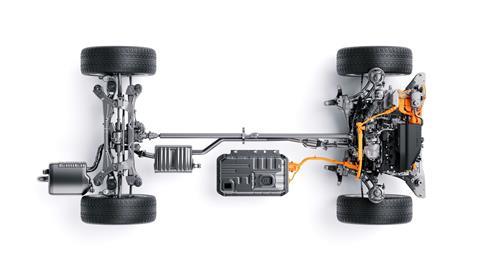
The system comprises several sub-functions. e-Handling 2.0 manages torque at each axle to reduce body roll during cornering. e-EHA 2.0 applies brake and motor torque control in emergency steering scenarios, helping the vehicle remain composed after evasive manoeuvres.
e-Ride 2.0 adjusts vehicle pitch and bounce when crossing speed bumps by managing front and rear motor output.
Additional systems, such as Smart Regenerative Braking and Hierarchical Predictive Control (HPC), support improved energy management. HPC selects the most efficient drive mode based on road and traffic conditions, while Smart Regenerative Braking adjusts brake force automatically to recover energy more effectively.
”While the hybrid market continues to evolve alongside rising EV adoption, Hyundai’s latest system suggests that combustion-electric combinations still have room for meaningful development”
Hyundai has begun applying this new hybrid powertrain in the latest Palisade SUV, and plans to roll it out across additional models in both the Hyundai and Kia ranges. The Group’s hybrid line-up will increase from three to five models, with outputs ranging from just above 100 PS to over 300 PS.
A rear-wheel-drive version of the 2.5 turbo hybrid is due in 2026. In the longer term, Hyundai intends to expand this technology to its Genesis brand, tailoring performance and refinement to suit the expectations of the premium segment.
While the hybrid market continues to evolve alongside rising EV adoption, Hyundai’s latest system suggests that combustion-electric combinations still have room for meaningful development. For the Group, this platform appears to be less a placeholder and more a considered part of a diversified electrification strategy.

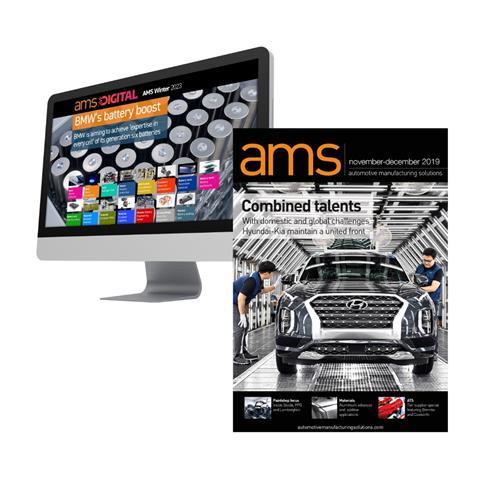







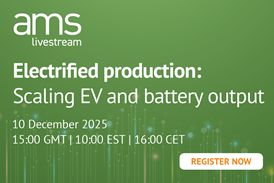
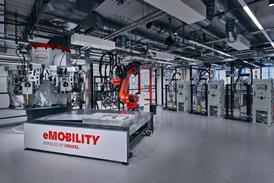
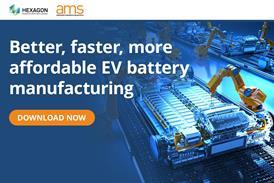
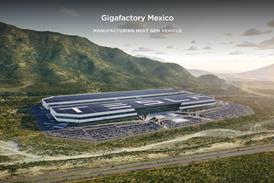
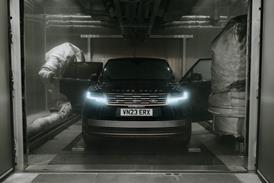
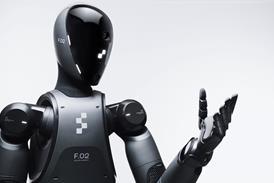
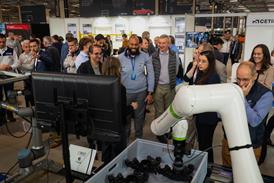
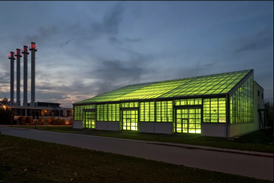
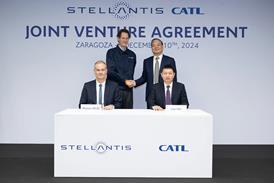

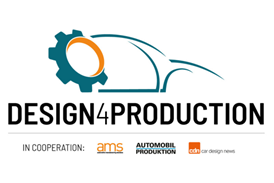
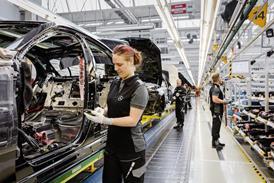

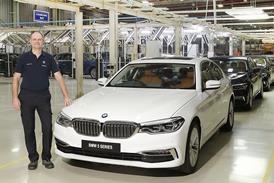
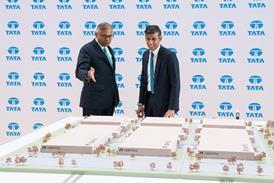

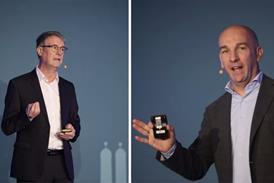
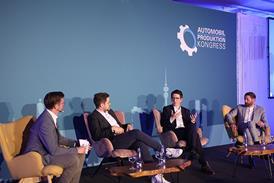

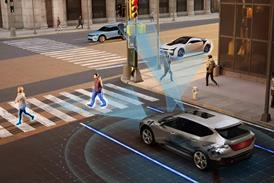


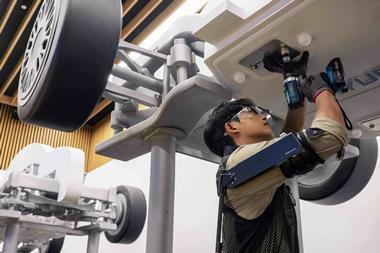
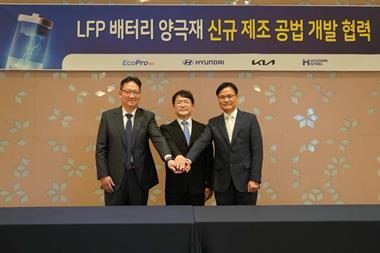
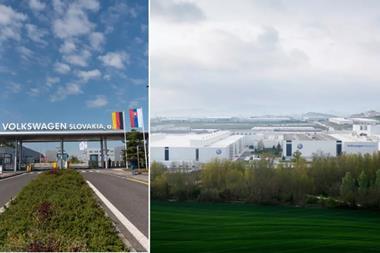
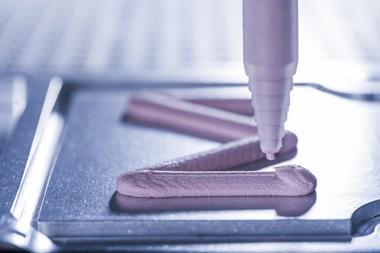



No comments yet